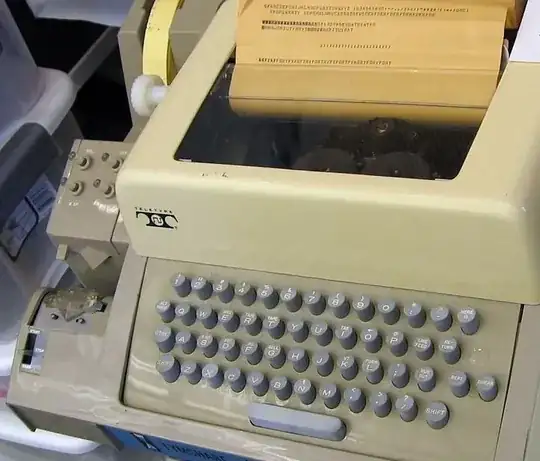Where is it documented, well this page lists every control character, with how to enter/represent it with the control key(though the first one, ascii character 0, has no control key representation), and it has nothing for character 127. And it provides sources at the bottom
https://www.cs.tut.fi/~jkorpela/chars/c0.html
One might wonder, given that there are 33 control characters (ASCII characters 0-31 so 32 charactres, + character 127. so, =33 characters) How they would be all represented as there are only 26 letters in the alphabet. Well, it uses Ctrl-A for Ascii character 1, Ctrl-Z for ascii character 26, and there once it reaches Ctrl-Z, it uses [ \ ] ^ _
It lists Ctrl-Z as SUB, though in DOS and the cmd prompt it's EOF, and as a techie user you use it when doing copy con a.a where a.a is your file. You enter the text and terminate it with Ctrl-Z which funnily enough doesn't enter an EOF marker. But does tell CMD that's the end of the file so CMD writes it.
That cs.tut.fi webpage gives this as a source
http://www.wps.com/texts/codes/X3.4-1963/index.html
but it's a broken link, but available on archive.org it's in the form of JPGs
American Standard Code for Information Interchange
ASA standard X3.4-1963
https://web.archive.org/web/20010430085116/http://www.wps.com/texts/codes/X3.4-1963/index.html
